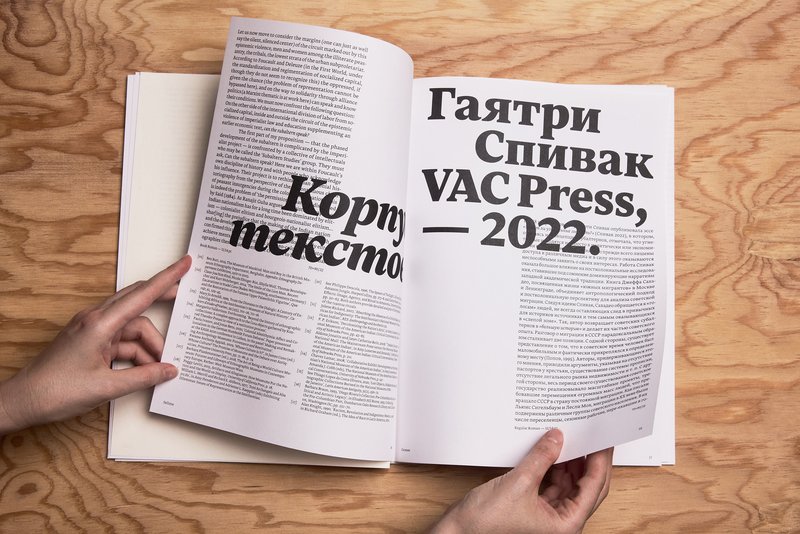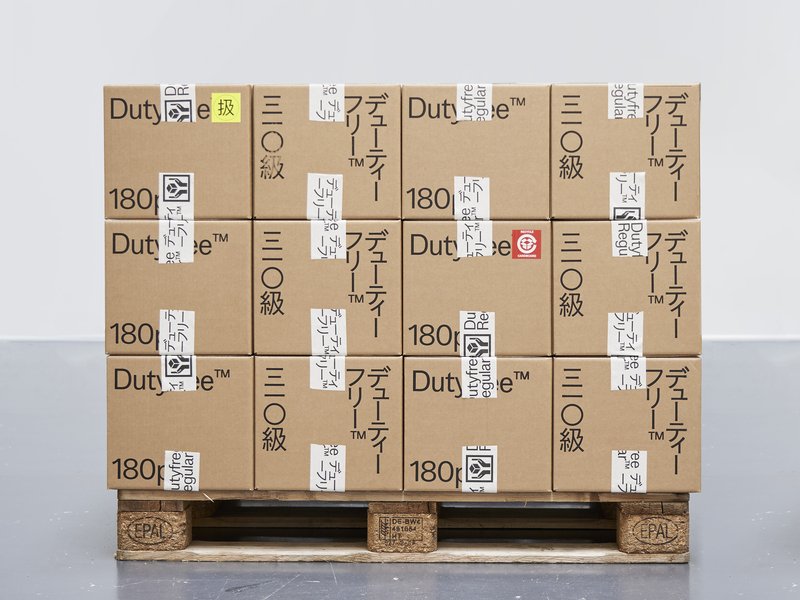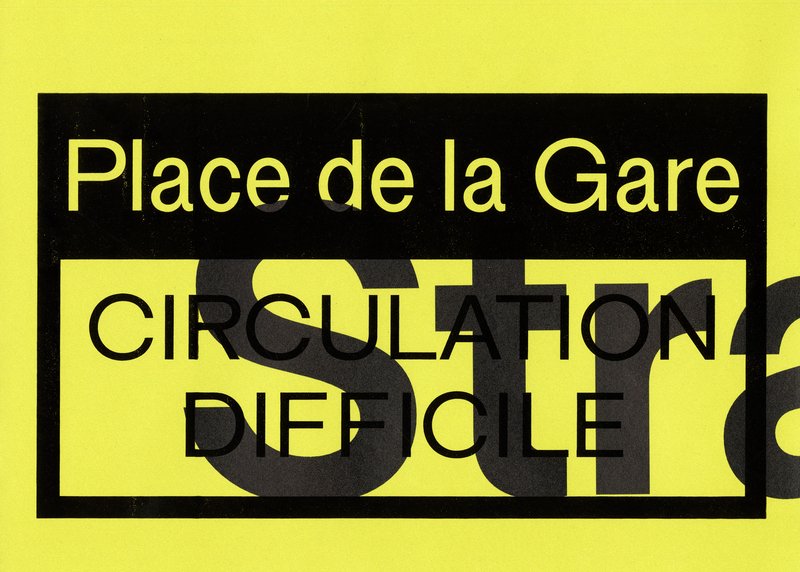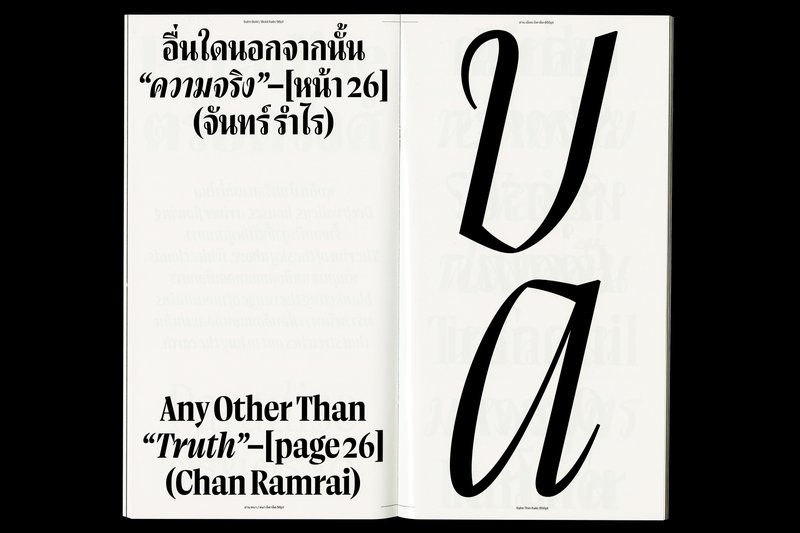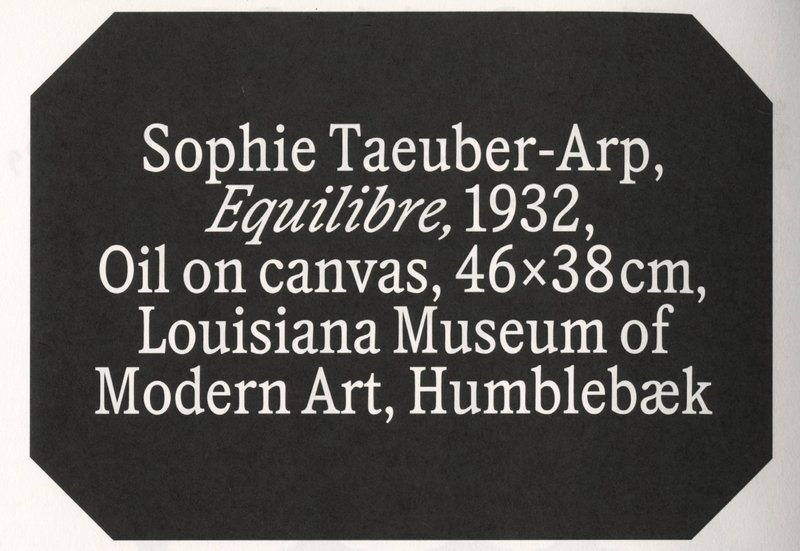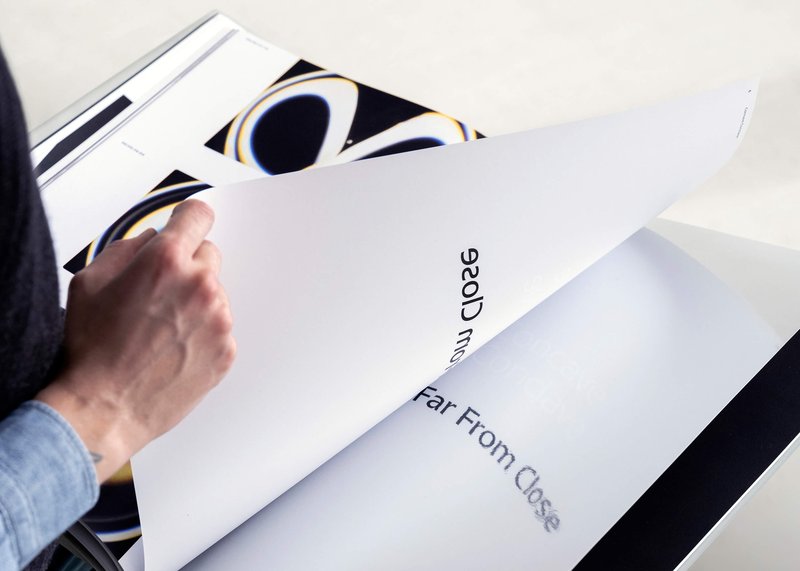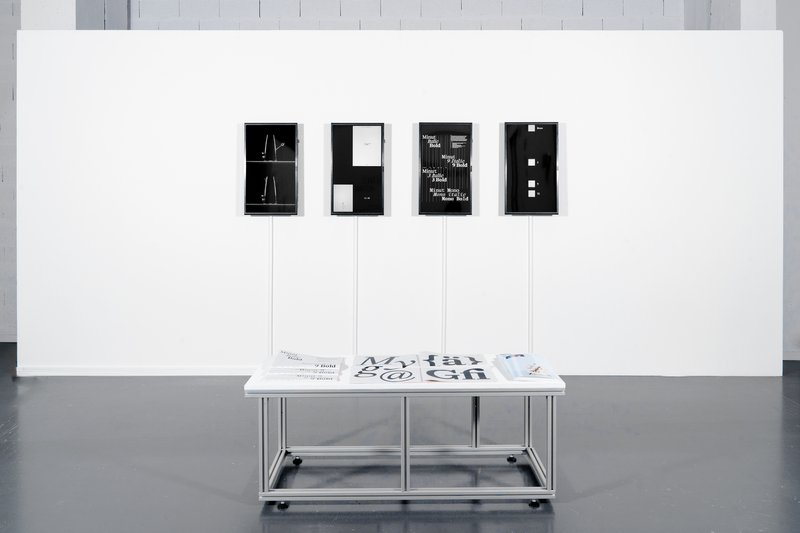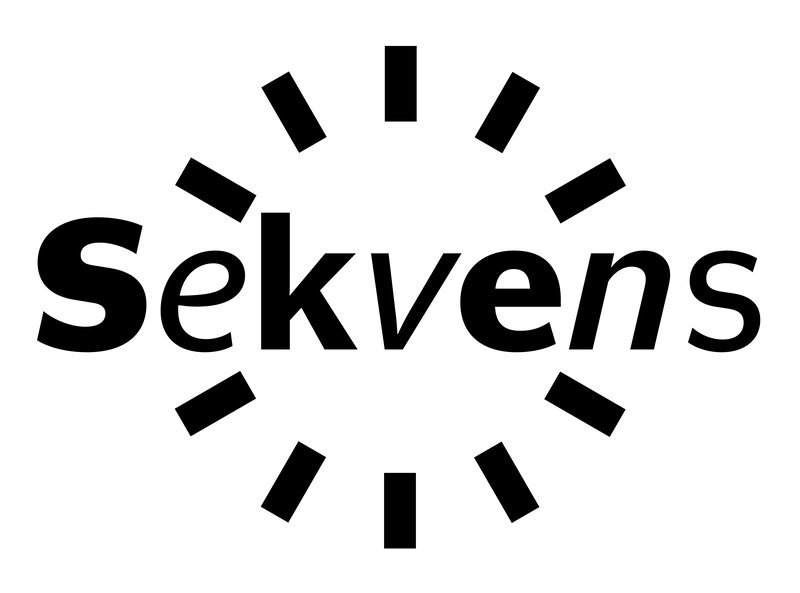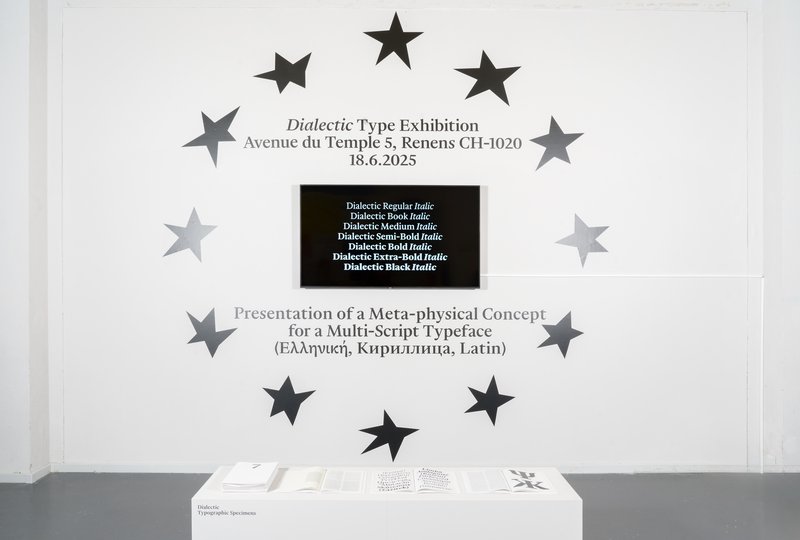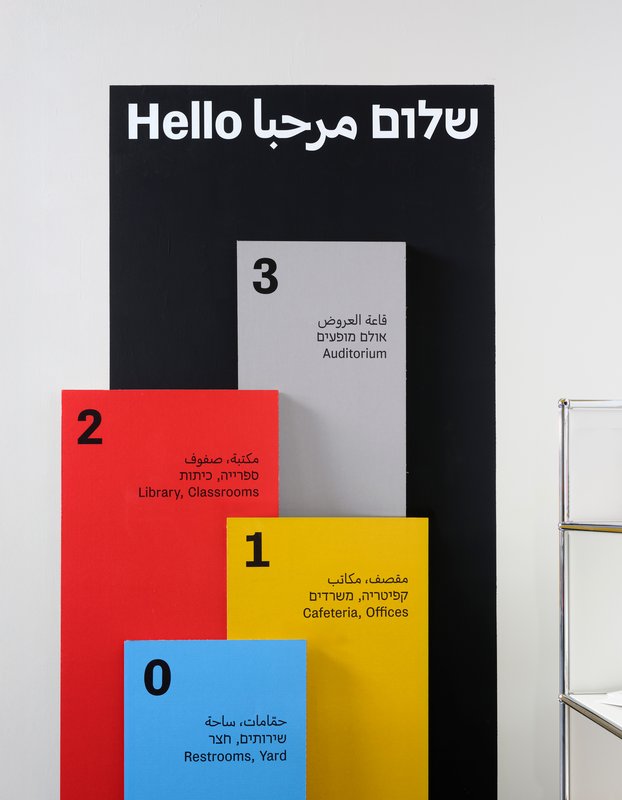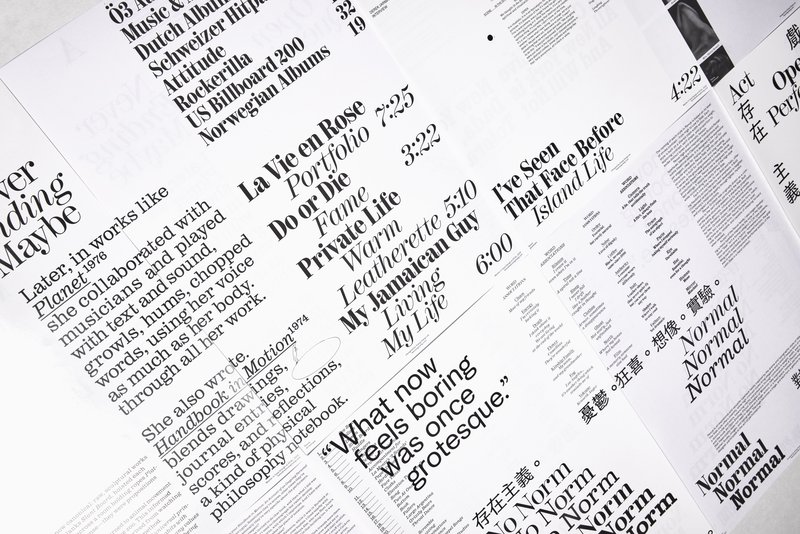At the start of the 2016 academic year, ECAL is proud to have introduced a new Master’s degree in Type Design. Unique in Switzerland, this two-year program gives graduate students with a Bachelor in Graphic Design an opportunity to develop projects in the long term. This training provides privileged access to one of the flagship disciplines in Swiss graphic design, relying on ECAL’s expertise in this field as the first Swiss school to have integrated digital typography as part of its curriculum.
With the support of renowned professionals and academics, students explore fields ranging from corporate typography to experimental research, focusing on creativity. They work on techniques specific to typeface design (calligraphy, work on curves, construction, digital drawing), including the development of multi script font families. They acquire and develop a sharp and thoughtful eye, technical and methodological skills and an ability to produce quality digital fonts with efficiency and rigour (mastering, scripting) as part of courses and workshops where their projects are assessed and commented by experts invited for conferences and individual interviews. Finally, they attend lectures and research sessions around concepts ranging from the prospective to the historical, including aesthetic and legal aspects, which are given concrete form through dissertations, online or paper publications and even exhibitions.
The skills and projects developed throughout the curriculum serve to produce a portfolio that meets the highest standards. At the end of their curriculum, having acquired a solid typographical culture, students will have the opportunity to apply their skills either as part of a company or in a self-employed capacity.























